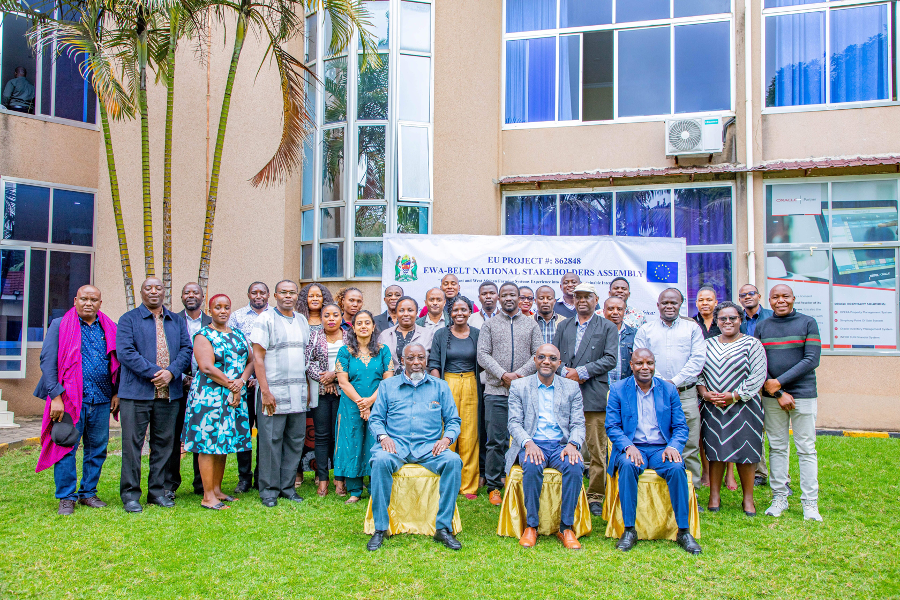Postharvest Protection of Stored Commodities and Reduction of Mycotoxin Contamination through the Use of Microbial-Derived Volatile Compounds.
- OCCAM - Observatory on Digital Communication

- Sep 9
- 2 min read
In memory of our colleague, Professor Naresh Magan, Cranfield University.
His main research area looked to how the amount of water molecules within food commodities can impact the way that fungal species grow and produce toxic secondary metabolites, mycotoxins. His research has had and will still have a significant impact on both the agricultural sector and food industries.
"Approximately a third of global food production is wasted, leading to US$1 trillion in annual economic losses, with hidden environmental costs that strain natural resources, degrade ecosystems, and impose significant social costs, jeopardizing the future of global food systems and sustainable developmentⁱ."
ⁱFood and Agriculture Organization of the United Nations. 2014.. Food wastage footprint: full cost-accounting. Rep., FAO, Rome:. https://www.fao.org/3/i3991e/i3991e.pdf
[Google Scholar]

This topic is highlighted in our new publication: "Guns 'N Roses: Fungal Volatile Warfare in Postharvest Disease Control"
Safa Oufensou1,3, Zahoor Ul-Hassan2, Kareem Badr2, Virgilio Balmas1, Samir Jaoua2 and Quirico Migheli1,3
ABSTRACT
Phytopathogenic and food spoilage microorganisms are major contributors to postharvest crop losses. Some species of fungi are able to produce mycotoxins, posing health risks to both humans and animals. Control methods based on synthetic fungicides raised environmental and health concerns and led to the development of fungicide-resistant pathogens. As a result, biological control has gained momentum as an eco-friendly alternative. Microbial biocontrol agents (BCAs) are increasingly being commercialized, with recent research exploring volatile-mediated interactions between BCAs, pathogens, and the treated commodities. Volatile organic compounds (VOCs) play a crucial role in biocontrol. This review focuses on fungal volatiles, their chemical diversity, their effects, and the application of VOC-emitting fungi or synthetic VOCs as biofumigants. Future research directions include enhancing VOC-producing agents through targeted mutagenesis and synthetic biology, understanding interspecies interactions, and applications of artificial intelligence in analytical chemistry, which shall lead to increased efficiency and precision in postharvest biocontrol.
Discover the full version on the following link: https://www.annualreviews.org/content/journals/10.1146/annurev-phyto-120624-122024
Vol. 63:477-499 (Volume publication date September 2025) https://doi.org/10.1146/annurev-phyto-120624-122024
First published as a Review in Advance on June 02, 2025.
Copyright © 2025 by the author(s).
This work is licensed under a Creative Commons Attribution 4.0 International License, which permits unrestricted use, distribution, and reproduction in any medium, provided the original author and source are credited. See credit lines of images or other third-party material in this article for license information.





Comments